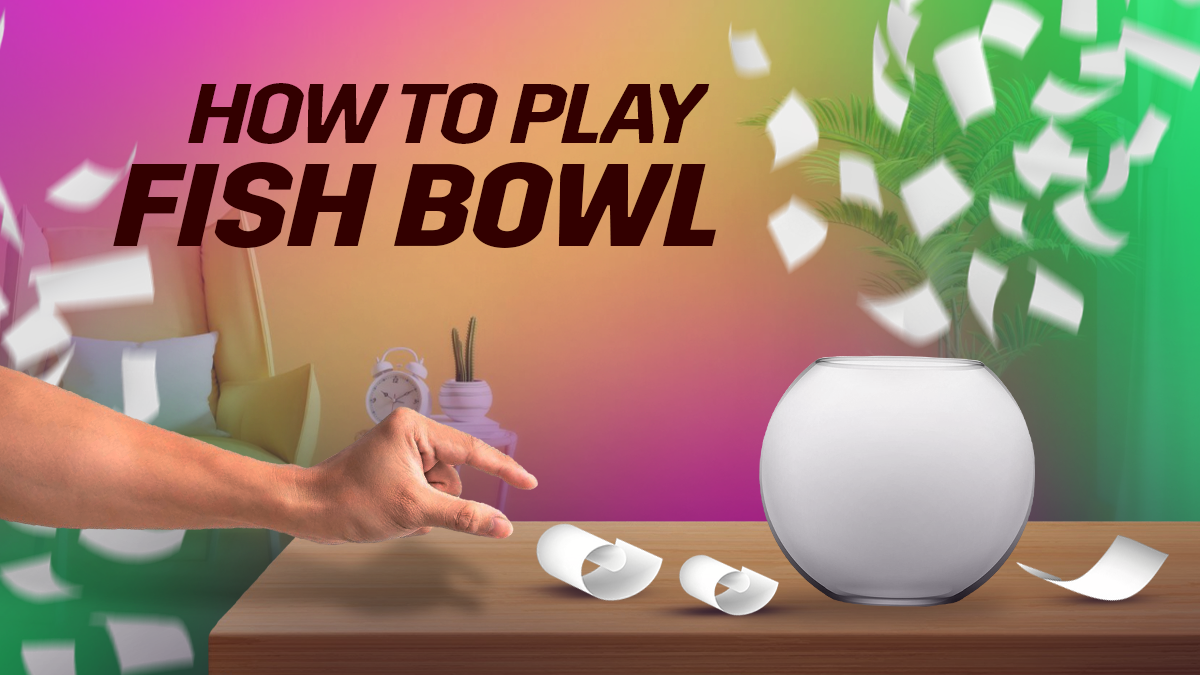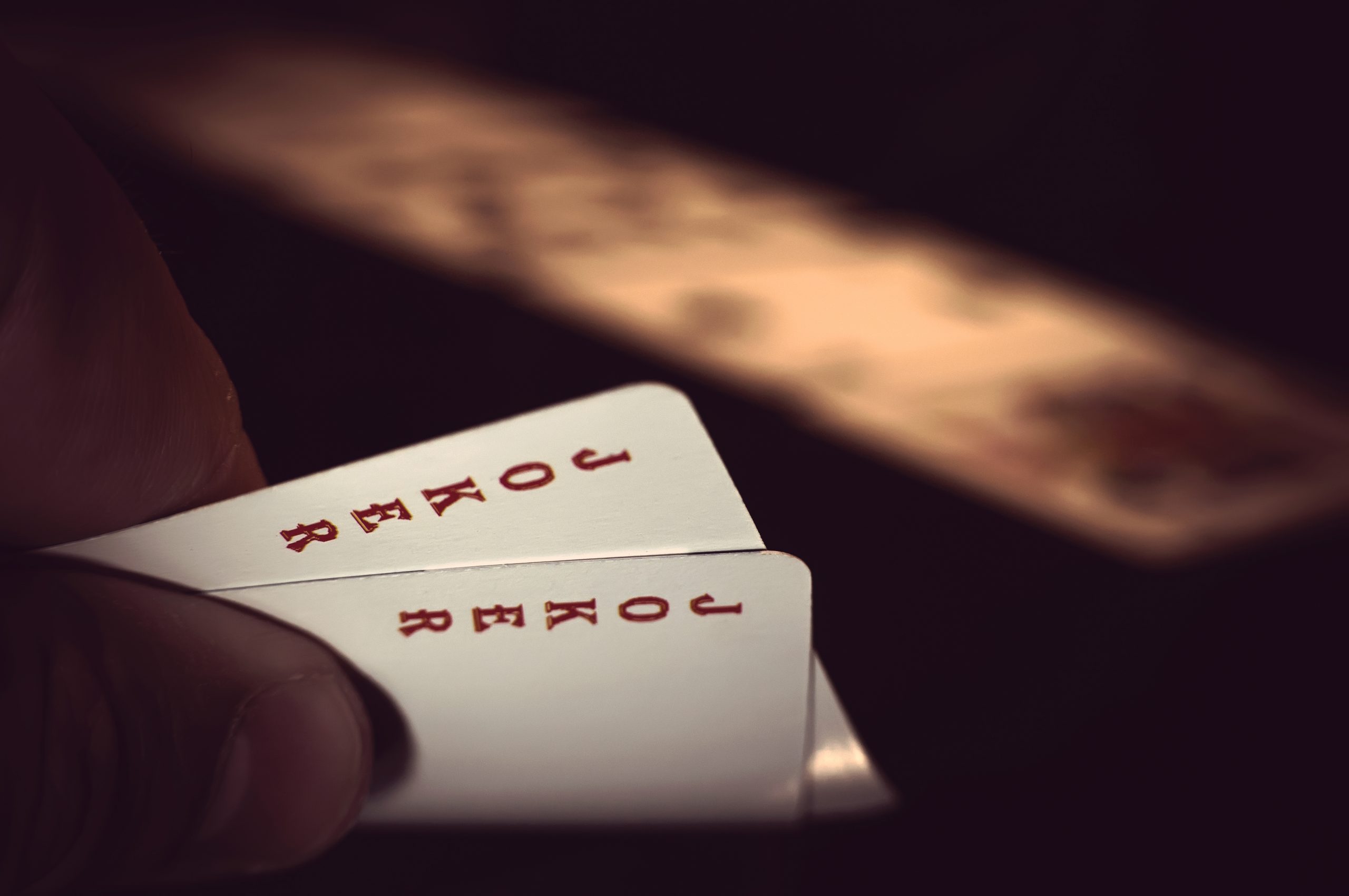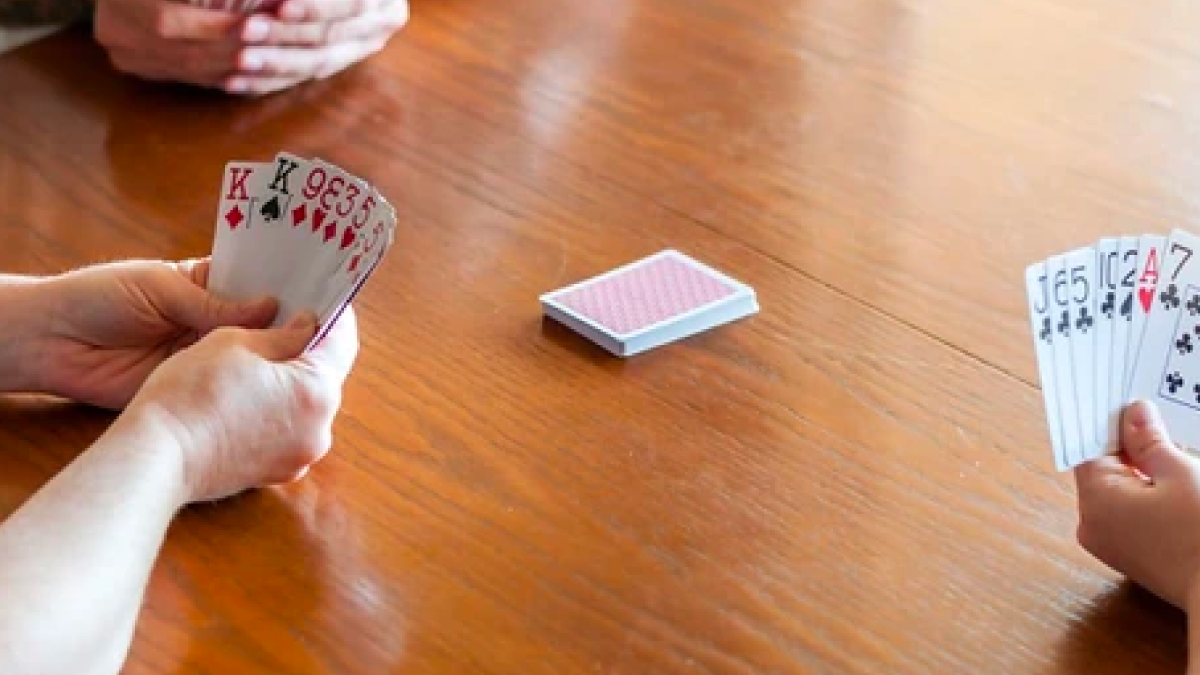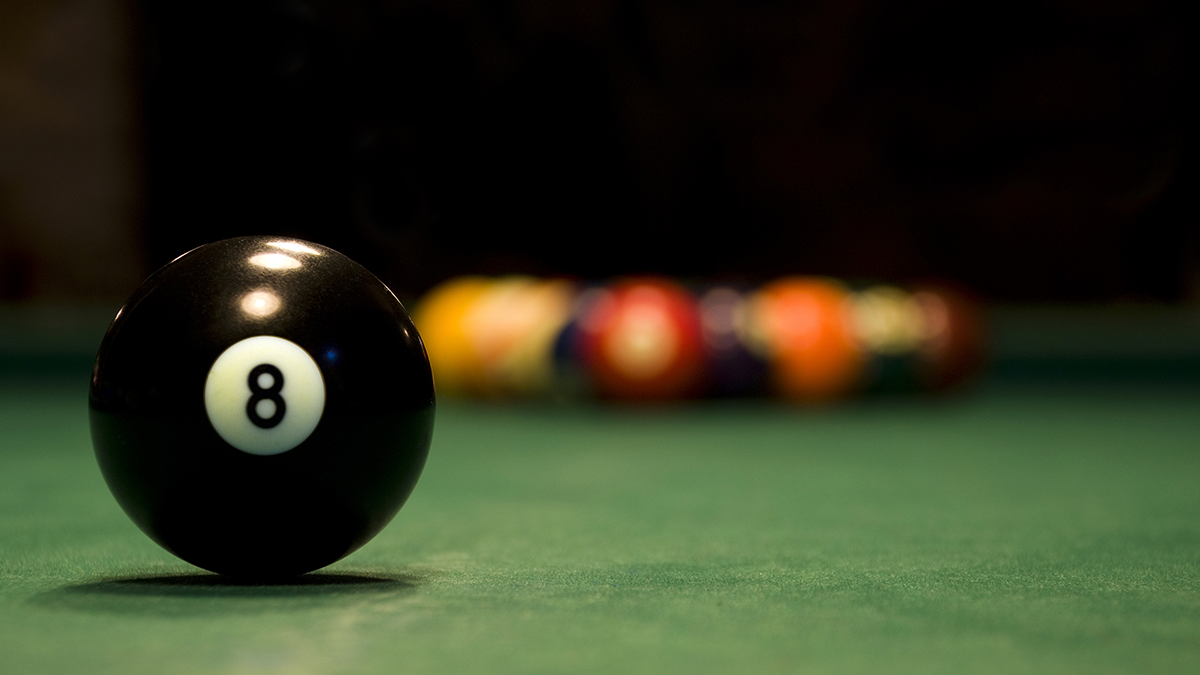Table of Contents
ToggleThe fishbowl game is the ultimate crowd-pleaser for parties, family gatherings, or casual hangouts with friends. Known for its hilarity and creative twists, this game of fishbowl combines charades, word association, and one-word clues into three exciting rounds of fun.
This article will teach you how to play Fishbowl, master the rules, and a few tips to make your fishbowl party game a roaring success.
What is the Fishbowl Game?
The fishbowl game is a lively and interactive party game that blends elements of charades, word association, and quick thinking. Perfect for groups of friends, family gatherings, or team-building events, it creates endless laughter and excitement. Players divide into teams and take turns guessing more than one word or phrase written on slips of paper.
The game is played in three rounds, each with a twist, verbal clues, acting, and one-word hints. Its name comes from the container that holds the slips, often resembling a fishbowl. Simple to set up and endlessly customizable, the game of Fishbowl guarantees fun for all.
Also Read: These house party games might become your favorites. Check out this article.
Fishbowl Game Rules
The fishbowl game rules are simple, making it perfect for any group. Here are the fishbowl rules you need to know:
- Setup: Each player writes 5–10 words or phrases related to a chosen theme on separate slips of paper, folds them, and places them in the bowl. Divide players into two teams.
- Round One (Verbal Clues): A player describes the word on the slip without saying the word itself. Teams take turns guessing within 30 seconds. Points are awarded for each correct guess.
- Round Two (Acting): Players act out the words without speaking. The same slips are reused, and teams alternate turns, guessing as many as they can in 30 seconds.
- Round Three (One-Word Clues): Players give a single word as a clue to describe the slip. Since the slips have been seen in previous rounds, this round tests memory and deduction skills.
- Scoring: At the end of all three rounds, points from each round are added up. The team with the most points wins.
What is needed for Fishbowl Game?
Before diving into the fun of the fishbowl game, you’ll need to gather a few simple items. Don’t worry; this game doesn’t require elaborate setups or fancy equipment. The following is a checklist to get you started on the game of Fishbowl:
- A Bowl or Container: The “fishbowl” is the heart of the game, but any container will do. You can use a salad bowl, a basket, or even a hat. Just ensure it’s large enough to hold all the slips of paper comfortably.
- Slips of Paper: Cut small pieces of paper for writing words or phrases. Sticky notes or recycled paper scraps work well. Each player will need around ten slips, so prepare enough for your group size.
- Pens or Pencils: Provide a writing tool for each participant to jot down their phrases or words.
- A Timer: A 30-second timer is essential for keeping the rounds exciting. A smartphone, stopwatch, or traditional egg timer works perfectly.
- Players: Gather a group of at least six people. Divide them into two teams, ensuring a mix of personalities for a lively atmosphere.
- Choose a theme to write: Each player chooses 5-10 words or phrases related to a chosen theme on separate slips of paper, folds them, and places them in the fish bowl.
- Divide players into two teams: The first team’s turn is decided based on the gameplay. The last round is the third round, where a single-word hint is given. Whichever team makes the most points wins the game.
- Three Rounds: Players act out the words without speaking. The same slips are reused, and teams alternate turns, guessing as many as possible in 30 seconds. Players give a single word as a clue to describe the slip. Since the slips have been seen in previous rounds, this round tests memory and deduction skills. At the end of all three rounds, points from each round are added up. The team with the highest score wins.
- The Winning Team: Points are awarded for each correct guess. The team with the highest guessing score wins the game.
Setting Up the Game
Before diving into the action, you need to prepare. Start by gathering the necessary items: a container (preferably a large bowl), slips of paper, pens, and a timer. The container symbolizes the fishbowl, the heart of the game.
Once you’ve gathered your supplies, set the mood by choosing a fun theme for the game. Themes include movies, famous personalities, vacation spots, or even quirky inside jokes. Themes create a shared framework and set the stage for the creative clues that follow.
Each player writes down several words or phrases based on the chosen theme, typically 5–10 slips each. These slips are folded to keep the content hidden and placed inside the fishbowl. With the setup complete, it’s time to split into teams. Ideally, teams should be balanced in size, but flexibility is part of the charm of the game of Fishbowl.
How to Play Fishbowl Game?
If you’ve never played the Fishbowl game before, here are the detailed steps to play Fishbowl and enjoy its three exhilarating rounds.
Choosing a Theme
The first step in setting up the Fish Bowl game is selecting a theme. This could range from holiday-specific ideas like Christmas or Halloween to broader themes like favorite movies, pop culture, or even quirky inside jokes within the group. A well-chosen theme sets the stage for hilarity and encourages everyone to participate with enthusiasm.
Preparing the Materials
Gather the essentials: a large bowl (or container), small slips of paper, pens or pencils, and a timer. Each player will need 5–10 slips of paper to jot down words or phrases related to the theme. Make sure the slips are small enough to fit easily into the bowl but large enough to write on comfortably.
Writing and Folding the Slips
Once the theme is decided, have all players write their words or phrases on separate slips of paper. Encourage creativity; phrases can range from common objects to obscure references, depending on the group’s familiarity with the theme. After writing, fold each slip to keep its content a surprise during the game.
Dividing into Teams
Split the players into two teams. The number of players in each team doesn’t need to be perfectly equal, but ensure everyone feels included. A diverse mix of skills and personalities makes the game more dynamic and enjoyable.
Gameplay
Each round builds on the one before it. Repeatedly using the same slips allows players to grow familiar with the words, creating a unique dynamic. What begins as a guessing game evolves into a memory challenge by the final round. This progression keeps the fishbowl fun party game engaging and rewarding.
Now that you know how to play fishbowl, you can bring this lively game to your next gathering. Get creative with your themes, rally your teams, and let the fun unfold. From boisterous laughter to memorable mishaps, the fishbowl game guarantees an unforgettable experience.
Read More: Fun Ice Breaker Games & Activities For Any Gathering
Understanding the Three Rounds
The fishbowl game rules revolve around three rounds: verbal clues, acting, and one-word hints. The same slips are used for all three rounds, creating continuity and fun as players begin to recall familiar words.
Round One: Verbal Clues
In this round, players use verbal descriptions to get their team to guess the word on the slip. The clue-giver can describe the word however they like but must avoid using the word itself or rhyming with it. For instance, if the word is “basketball,” they might say, “A sport with a hoop and a ball.”
Each turn lasts 30 seconds, and the team wins points for every correct guess. The goal is to guess as many slips as possible before the timer runs out. When the team guesses correctly in all three rounds, the game ends.
Round Two: Acting It Out
Round two shifts the focus to physicality and improvisation. Players must act out the word or phrase on the slip without speaking. Hand gestures, facial expressions, and miming become the tools for communication.
This round often leads to hilarious misunderstandings and creative interpretations, making it a favorite for many. Again, teams earn points for correct guesses, and the round continues until all slips are played.
Round Three: One-Word Clues
The final round raises the stakes. Players are allowed only a single word as a clue for their team. While it sounds challenging, familiarity with the slips from earlier rounds makes this round more accessible.
For example, if the slip says “Harry Potter,” the clue might be “wizard.” However, the one-word limit demands precision and creativity. The team continues guessing until time runs out, and points are tallied as usual.
Scoring and Declaring the Winner
At the end of the third round, all points are added up to determine the winning team. While the game is competitive, the true joy comes from the shared laughter and unexpected moments that arise during gameplay.
Variations of Fishbowl Game
The fishbowl game is versatile, offering endless possibilities to tailor it to your group’s preferences. The following are some creative variations to spice up your game of fishbowl and keep things fresh and exciting:
1. Password Style Round
For those who enjoy quick thinking, swap out the verbal clue round with a “password” format. Instead of free-flowing descriptions, the clue-giver can only say one word at a time. Their teammates must guess based on limited hints, making this variation a thrilling challenge.
2. Themed Fishbowl
Add a touch of personalization by selecting a specific theme for your slips. Some popular themes include:
- Holidays like Christmas or Halloween.
- Pop culture references such as movies, books, or TV shows.
- Inside jokes or shared memories for family or friend gatherings.
3. Reverse Roles
In this twist, the roles are reversed. The team guesses based on incorrect or deliberately misleading clues. For example, a player might act out “superhero” by pretending to be clumsy or timid, leading to hilarious results.
4. Lightning Rounds
Shorten the timer to 15 seconds instead of 30 for a fast-paced, high-pressure experience. This variation demands quick thinking and adds a layer of intensity to the fishbowl game rules.
5. Guess the Actor
In this variation, players mimic another person from the group while acting out or describing the slip. The team must correctly guess both the word and the impersonated individual, doubling the fun.
Tips and Tricks for Fishbowl Party Game
Before diving into the action, the following are some useful tips and tricks that will help you make the most of your fishbowl party game, ensuring everyone has a blast and the fun lasts all night:
Personalize the Game Themes
One of the best parts about the Fish Bowl game is how customizable it is. To make the game more engaging, tailor the themes to suit your group. Whether it’s “holiday traditions” for a Christmas gathering or “favorite TV shows” for a binge-watching crew, choosing a theme everyone can relate to will amp up the fun.
Set Clear Guidelines for Clues
While the fish bowl game rules are simple, it’s important to clarify the types of clues that are allowed. For example, in the first round, where players give verbal clues, ensure everyone knows that they can’t rhyme or use the word directly.
A little clarification beforehand can prevent confusion and keep the game moving smoothly. This is especially helpful if you’re playing with a mixed group of people who may not be familiar with the game’s nuances.
Limit the Number of Slips for Efficiency
If you’re playing with a large group, it’s easy for the fish bowl game to get out of hand with too many slips. To avoid overwhelming players, limit the number of slips to around 30 to 50. This ensures that everyone can participate without the game dragging on. Focusing on fewer items makes the game more manageable and keeps the pace lively.
Encourage Creativity in Clues and Actions
Encourage players to be creative with their clues and acting. The more exaggerated and imaginative the gestures or descriptions, the more likely your team will make hilarious guesses.
This creativity makes the game more enjoyable and can lead to some side-splitting moments that will make everyone laugh uncontrollably.
Plan for Different Variations
After playing the traditional three-round format a few times, try mixing things up. One variation is the “Reverse Round,” where the team must guess a word based on an incorrect clue. This keeps things fresh and tests players’ adaptability.
Experimenting with these variations can add excitement and ensure the fishbowl party game stays enjoyable throughout multiple rounds.
Read More: Explore the best Bingo-like games from this list and discover your next favorite way to play
FAQs
How do you play the game Fishbowl?
- Each player gets 3 slips of paper and has to write a place, person, or feeling on each of the slips.
- These slips are placed in the fishbowl with all the content hidden inside.
- The team is split and must be balanced in size.
- There are three rounds in the fishbowl game where the hints are dropped using verbal clues, acting, or one-word hints.
- Players go through each of these rounds, and at the end of the third round, all points are added to determine the winning team.
- The team continues the guessing until time runs out and points are tallied as usual.
What are the three rounds of the fish bowl?
The three rounds of the fishbowl are the main part of the gameplay. The three rounds of the fishbowl game include verbal cues, acting it out, and one-word clues.
What is another name for the fishbowl game?
The Fishbowl game is also known by many other names, such as the Hat Game or Monikers. It is a fun and engaging party game that involves guessing and quick thinking based on hints given in the slip.
How to do a fishbowl activity?
The Fishbowl activity can be done in groups with students arranged in an inner and outer circle. The inner circle or fishbowl will discuss the topic while the outer circle listens to the discussion and takes notes.
What is a fishbowl party for adults?
The fishbowl party game is played with 6 to 20 people of different age groups. Players guess words or phrases from the paper slips. Gather pens, a bowl, and paper and create different teams. Write funny prompts and guess the slips within the three-round game. The winner is decided at the end of the third round.








